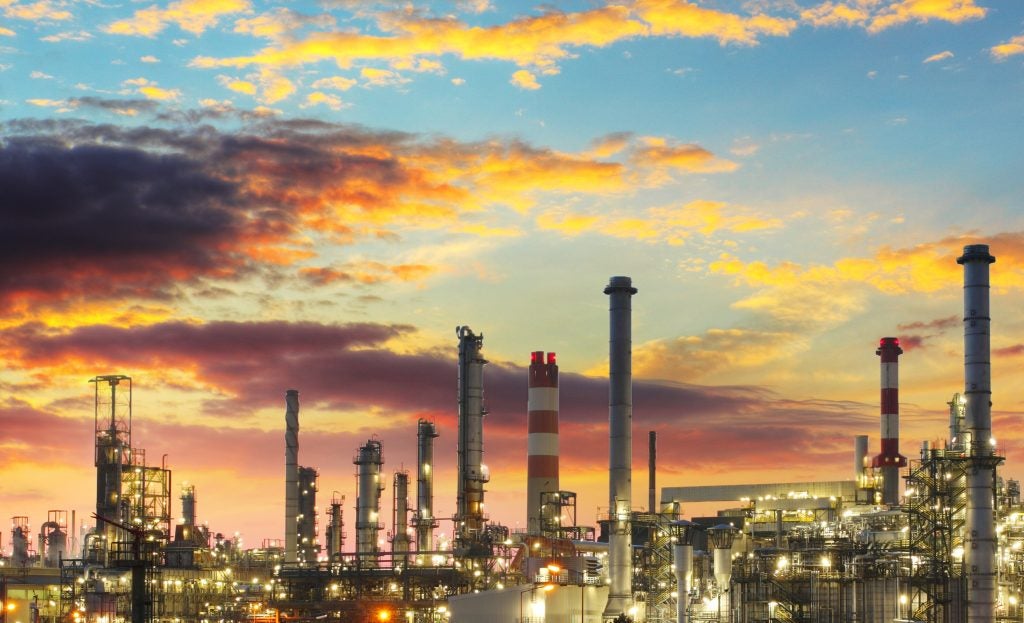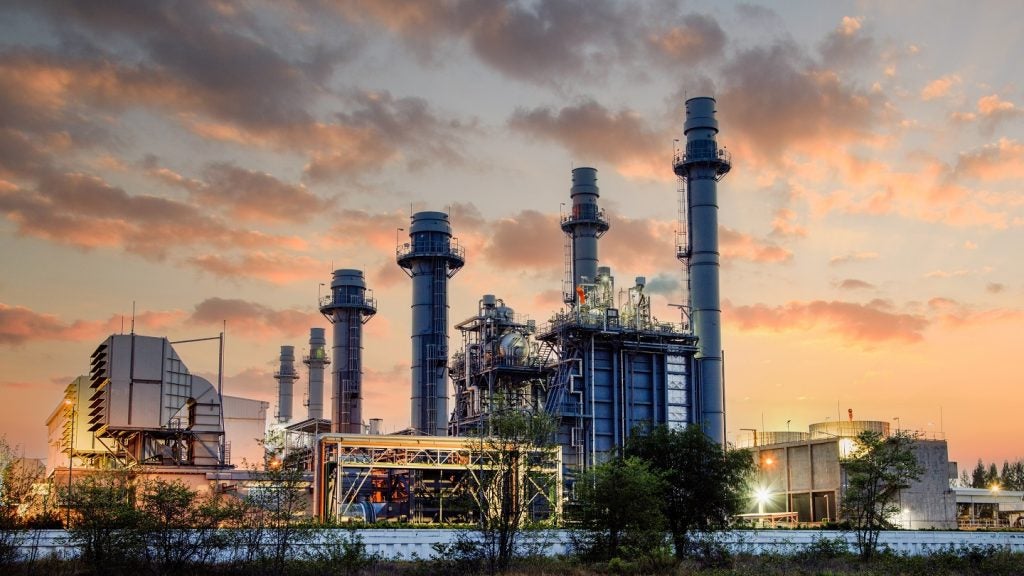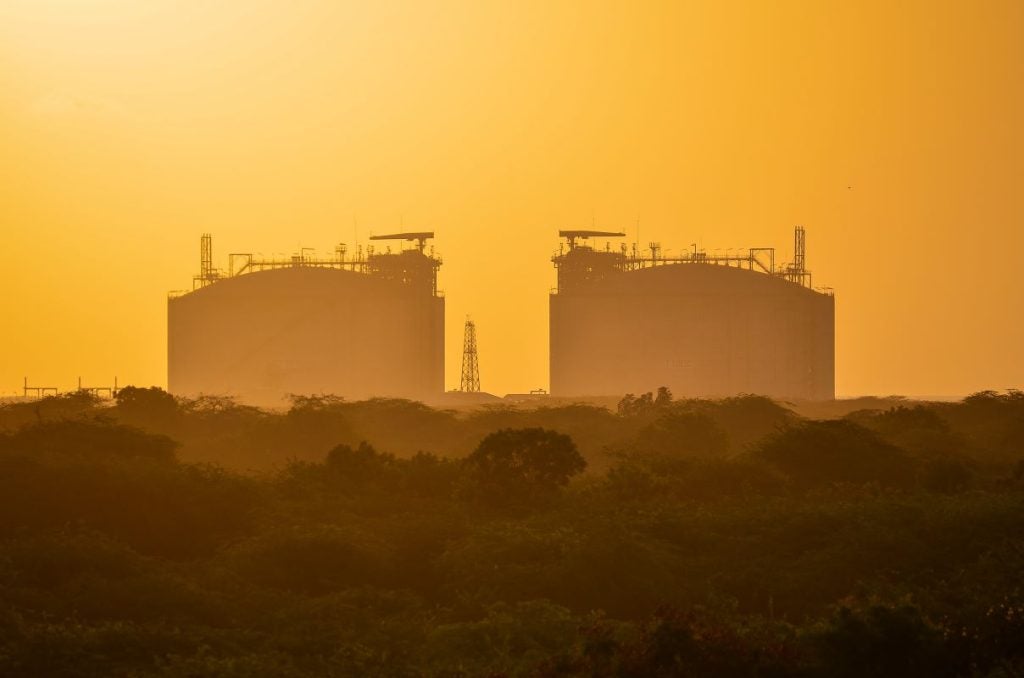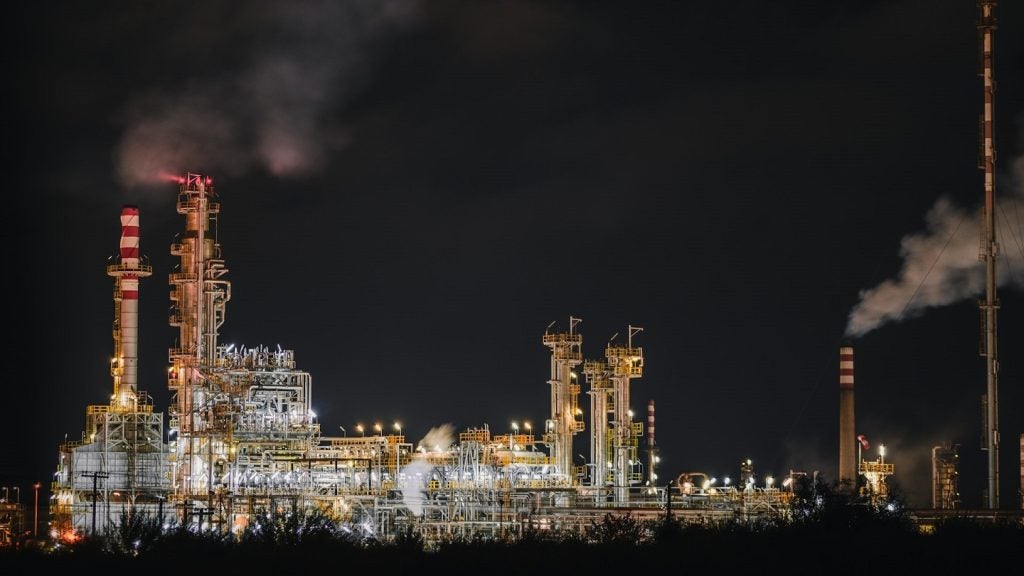Mikkel is a producing conventional gas field located in shallow water in Norway and is operated by Equinor Energy. According to GlobalData, who tracks more than 34,000 active and developing oil and gas fields worldwide, the field is located in block 6407/6P (PL 092) and 6407/5P (PL 121), with water depth of 748 feet. Buy the profile here.
Field participation details
The field is owned by Eni, Equinor, HitecVision and Repsol.
Production from Mikkel
The Mikkel conventional gas field recovered 86.99% of its total recoverable reserves, with peak production in 2007. Based on economic assumptions, production will continue until the field reaches its economic limit in 2050. The field currently accounts for approximately 1% of the country’s daily output.
About Equinor Energy
Equinor Energy AS (Equinor Energy) is a wholly-owned subsidiary of Equinor ASA. The company provides oil and gas exploration and production services. It extracts, refines, and transports natural gas, crude oil, and wind power for manufacturing of synthetic fabrics, plastics, asphalt, cosmetics, and medicines. Equinor Energy is headquartered in Stavanger, Norway.
For more details on the Mikkel Conventional Gas Field, buy the profile here.
Data Insights
From

The gold standard of business intelligence.
Blending expert knowledge with cutting-edge technology, GlobalData’s unrivalled proprietary data will enable you to decode what’s happening in your market. You can make better informed decisions and gain a future-proof advantage over your competitors.







